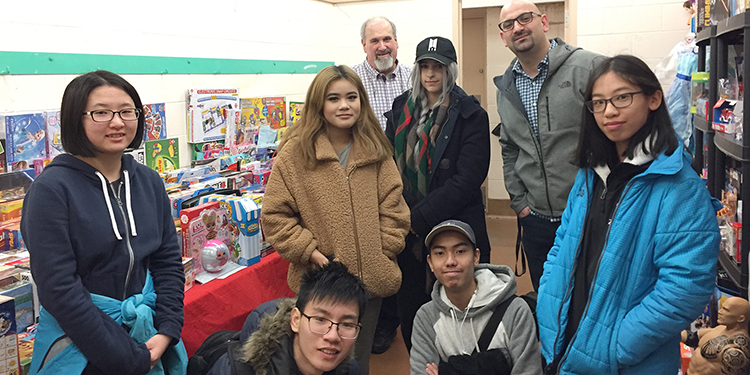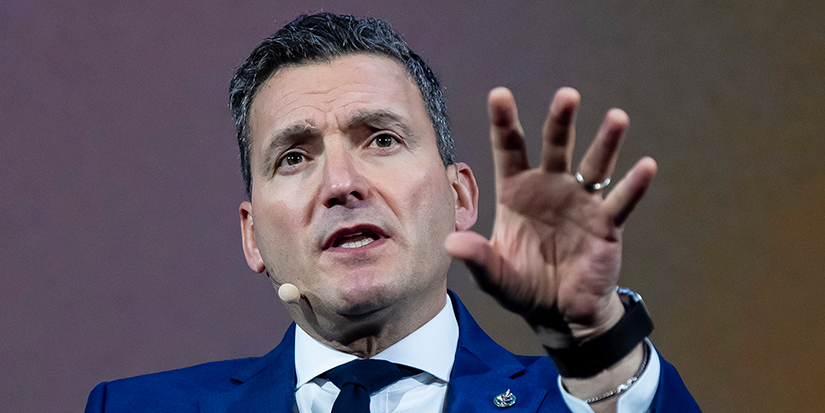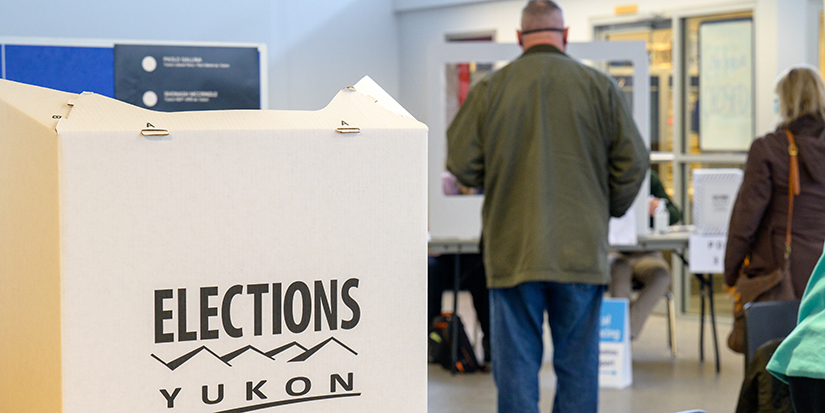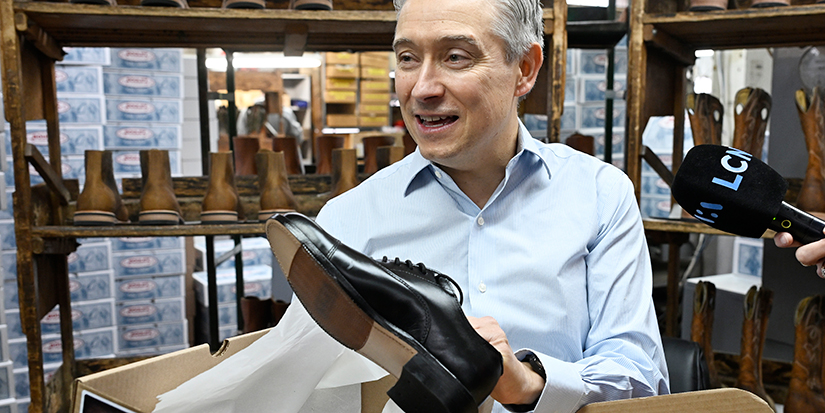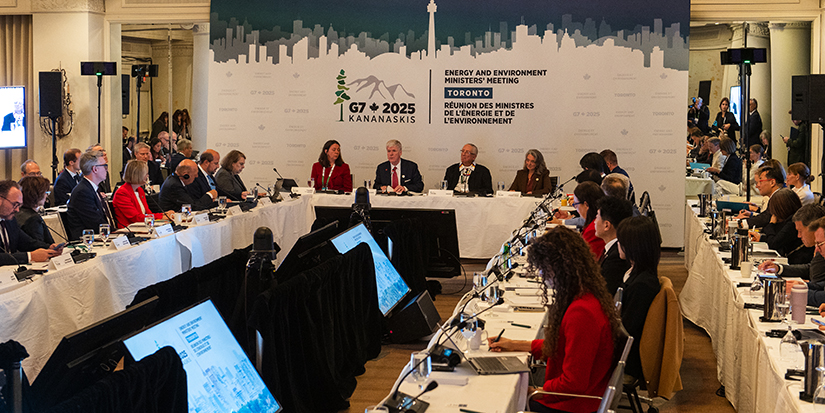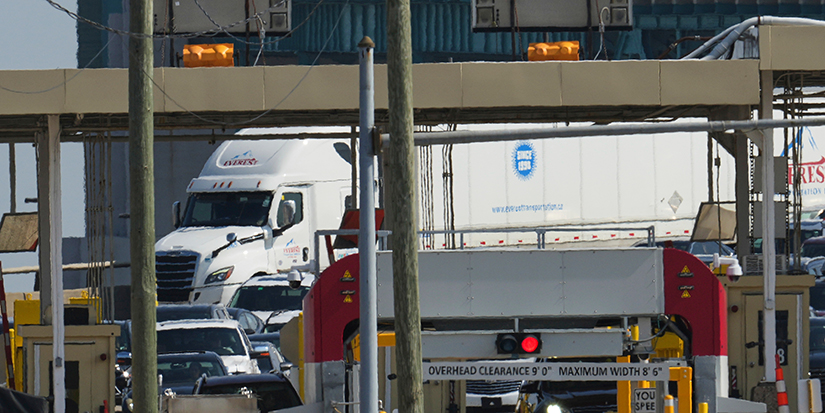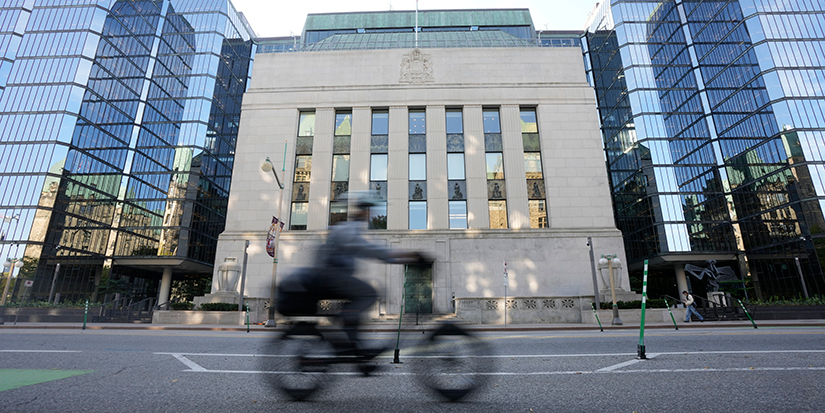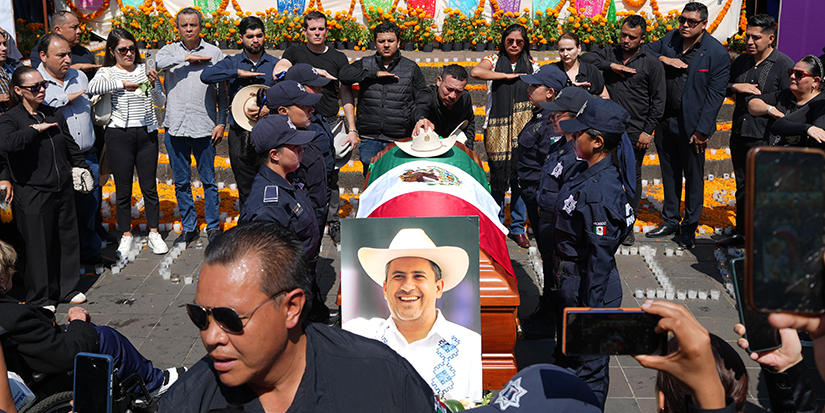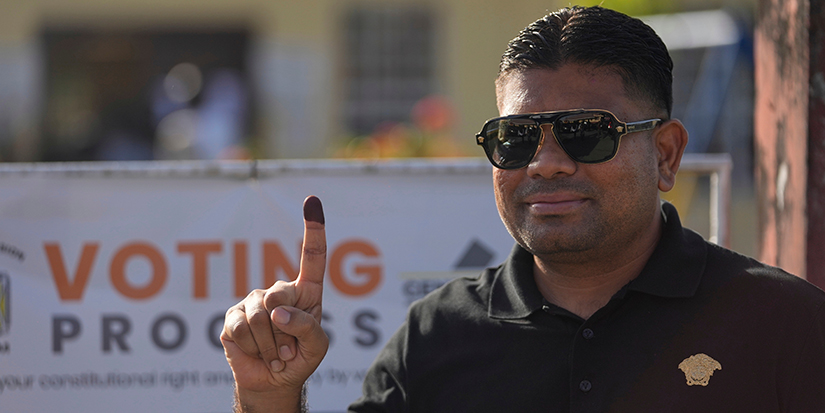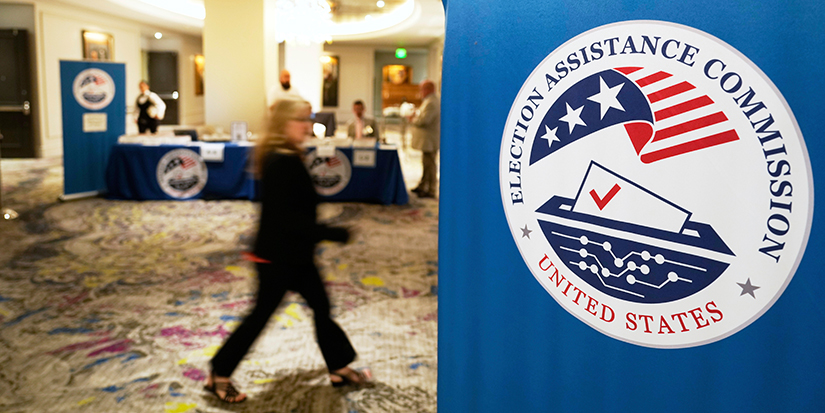Latest News
Poverty hidden, students say

When Orin Gavsie introduced the topic of
poverty in Richmond to his Social Studies 11 class at R.C. Palmer Secondary
School, this came as a surprise to many of his students.
“I talked about poverty in Richmond and they
were baffled. Some of them even challenged me,” said Gavsie.
Many of his students are aware of poverty in
other parts of the world, where people are deprived of basic necessities like
food, shelter and water.
“But they don’t see what’s right under their
nose,” the teacher said.
Many people don’t believe that poverty exists
in Richmond, says Orin’s father Ed, the president and CEO of the charity
Richmond Cares, Richmond Gives.
Several students from Orin’s social studies
class pointed out that they don’t see homeless individuals on their way to
school, and that living conditions here are pretty good.
But the truth is that Richmond has a
population of the “working poor,” Ed told the students, who visited the RCRG’s
toy rooms in the Richmond Park Pavilion on Dec. 5.
“The need in Richmond isn’t abating. It
continues to be very strong,” he said.
Members from this demographic may be working
two to three jobs, often at minimum wage, he said.
Coun. Bill McNulty also took a tour, and he
pointed out that some people are spending between 30 and 50 per cent of their
net income on rent.
McNulty also urged everyone to help with this
situation.
“Hopefully you will do something small about
it. Whether you donate a dollar from your lunch money to the Christmas fund, or
you bake something, or you do something for someone else, it is always
appreciated.”
During the holiday season, RCRG seeks to
fight poverty through the Richmond Christmas Fund. Eligible individuals and
families can receive grocery gift certificates: one certificate per family
member, and up to a maximum of four per household.
After Ed’s talk, he led the students to where
the toys were stored. Two long and narrow locker rooms were lined with toys on
either side for children under the age of 12. An eclectic mix of cars, dolls
and other toys were perched on several shelves, ranging from Shopkins figurines
to a Hot Wheels racetrack. On the other side of the room, board games and
puzzles sat on a table.
For teenagers from the age of 13 to 17, the
RCRG provides gift cards.
Orin hopes that this visit to the toy rooms
would give his 27 students a concrete and tangible experience of the struggle
that many are going through in the city.
“The students were uninformed, or even
misinformed, about many of those topics. So I felt the immediate need to go to
somewhere in the community that provides these services for people in need,”
said Orin, who was born and raised in Steveston.
For some of the students, the discussion and
tour around the toy rooms has already made a strong impression.
“It was very eye-opening to see how much
low-income poverty there is in Richmond,” said Leilah, one of the students in
Orin’s class.
“It’s really interesting to see the hidden
poverty we have in our community that many people don’t realize is there.”
Orin and the students have been discussing
issues about social welfare programs, and they’ve also looked at how social
status economics can affect a person’s education, living conditions, and access
to health care.
But the class material can often be too broad
or generalized.
“A lot of our curriculum deals with Canada-wide
issues or issues addressing specific groups,” said Orin.
“But we gloss over needs in our own
community. So that’s definitely something I’m trying to tackle.”
The next class will be a debrief of the visit
to the toy rooms, and Orin hopes that the students will come up with their own
ideas and suggestions on how they can step in.
Some of the students are already eager to get
to work, like Teresa, who says that she would like to begin volunteering when
she gets a little older.
“I feel really grateful that we have this in
our community, because as a student, I didn’t realize we had poverty (here).
This experience actually enlightened me to get more involved with this entire
crisis.”
